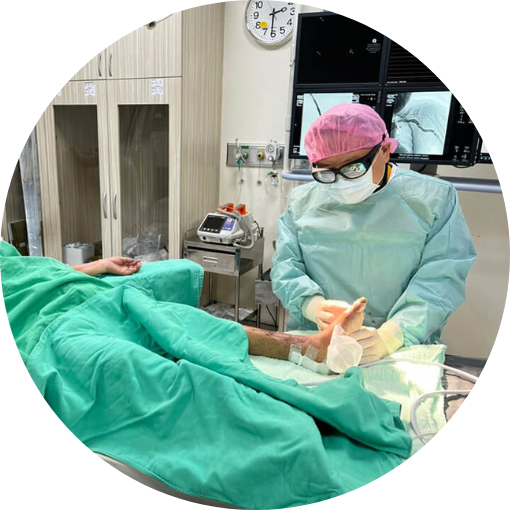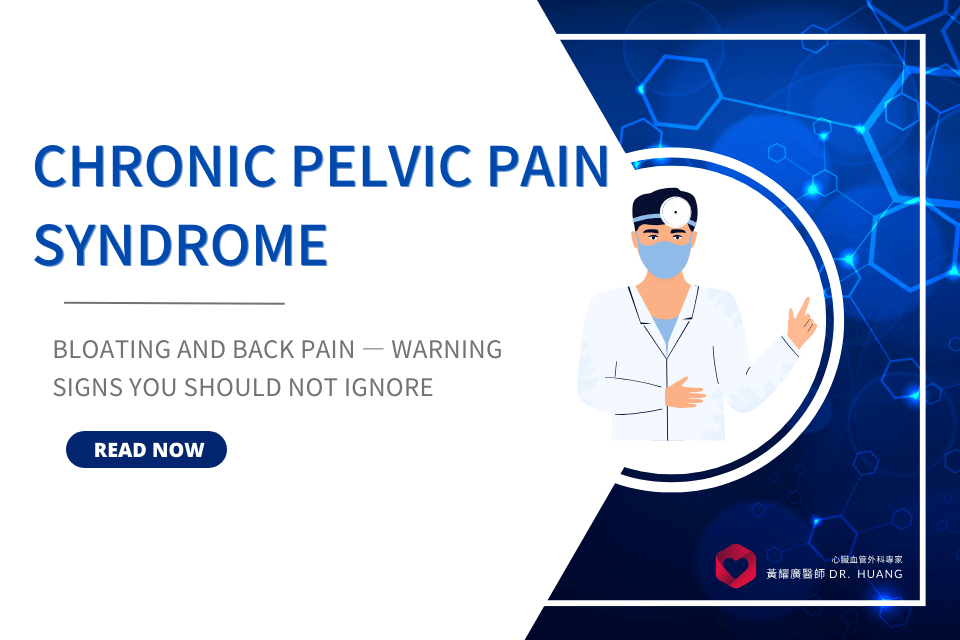Surgical Debridement
for Chronic Wounds
The Story Behind the Name Yuan-Wang
There are three main types of Shinkansen bullet trains in Japan:
- The Kodama: means echo, the slowest and stops at all stations.
- The Hikari: means light, faster and stops at fewer stations.
- The fastest Nozomi: means hope, only stops at major stations.
The name "Yuan-Wang(元望)" Wound Center, which sounds like the Chinese word for "wish(願望)," echoes the meaning of the "Nozomi" train.
By using this name, we express the hope that patients can overcome their difficulties and grow stronger, becoming hopeful on their road to recovery.
The character "Yuan" in "Yuan Wang" also signifies the beginning of Dr. Huang Yuanteng's efforts to lead Chiayi Chang Gung Memorial Hospital in breaking away from tradition and implementing innovative treatments.

DR. Huang's Extensive Experience
Dr. Huang has said that in the medical field, waiting for feedback from others can take a long time, and the feedback often differs from what you expect.
While top-down support can help things move quickly, it's like "light" - it can be obstructed and progress can stall.
To truly achieve success, one must maintain their determination and persevere through various challenges, eventually blossoming in the right environment.
- Chief of Cardiac Surgery at Chang Gung Memorial Hospital, Chiayi
- Subspecialty Director of Thoracic Surgery, Taiwan Society of Thoracic and Cardiovascular Surgery
- Subspecialty Director of Vascular Surgery, Taiwan Society of Vascular Surgery
Case Images of
Foot Wound Patients
In addition to wound care, the clinic can also provide various dressing options, medication adjustments, and vascular status monitoring, accompanying patients on their road to recovery.
The best debridement is performed in an operating room. However, patients with chronic foot wounds often have limited mobility and require assistance from family members to go to the operating room for debridement.
Moreover, complex wound debridement often requires more specialized tools that are not readily available in general outpatient clinics. Therefore, a small and convenient debridement clinic is more suitable for this purpose.
What wounds require debridement?
※ Graphic images of wounds included
Small blisters that suddenly appear on the toes and start to drain.

Wounds that become deeper and more painful despite frequent dressing changes.


Small Foot Wounds
Lead to Serious Consequences
When patients develop non-healing foot wounds, most hospitals use topical ointments. If these are ineffective, debridement is performed. However, these wounds often do not improve.
The main reason is that the patient's foot blood vessels have problems due to aging, smoking, high blood sugar, lack of exercise, or prolonged bed rest (such as arterial stenosis, venous obstruction, and venous reflux).
If these vascular problems are not addressed first, the wound will only get worse and may even lead to extensive amputation.
Dr. Huang's Family Experience
Dr. Huang mentioned his wife's grandfather's personal experience: Originally a successful businessman, he accidentally injured his foot.
Due to insufficient medical knowledge at the time, a traditional Chinese medicine practitioner was called to the home to apply medication. Three days later, his grandfather's foot was badly rotten and swollen.
To save his life, his lower leg was amputated, leaving him unable to walk. The once vibrant grandfather was like a bird with broken wings, feeling depressed and his health deteriorating.
His daughter-in-law (Dr. Huang's mother-in-law), even as a medical professional, was shocked by this process. A small foot wound, if not properly treated, can be as devastating as a house fire!
Innovative TreatmentUp-to-Date Online Consultation

Helping Patients with Chronic Foot Wounds
and Underlying Vascular Disease
Unlike other wound centers that start with wound treatment, Yuan-Wang Peripheral Vascular and Chronic Wound Center at Chia-Yi Hospital, MOHW starts by assessing the patient's foot circulation. Once the patient's blood vessels are in optimal condition, the next step is debridement and tissue reconstruction.
For example, the most common case is a chronic wound caused by foot artery blockage. We will first perform a Doppler ultrasound and dynamic study to see if there are any problems with the patient's arteries.
Then, we will arrange a CT scan or foot angiography to determine the arterial lesion and set a treatment plan. If the arterial blockage is severe, we will perform vascular intervention (balloon angioplasty or vascular stent).
Wound Treatment After Optimizing Circulation
-
 1
1Wound Examination
Assess vascular status and perform wound treatment.
-
 2
2Advanced Examination
Examine foot wounds in the catheterization laboratory.
-
 3
3Record wound status
Perform aseptic procedures and record wound status at the same time.
-
 4
4Debridement of Wound
Carefully perform wound debridement in a convenient outpatient setting.
MedicalNews
Make an Appointment at the Yuan-Wang Wound Center
Sometimes family members live far away from the patient. If they have concerns between outpatient visits, they can use messaging apps to provide images for medical staff to assess and avoid delaying treatment.
We will also use real-time information to discuss follow-up reconstruction with experts (orthopedics or plastic surgery) to avoid family members running between different clinics. For foot wounds, everything can be handled at the Yuan-Wang Center.
Currently, services are only available to patients with appointments in the Department of Cardiovascular Surgery. If you have any related needs, please consult Dr. Huang at the catheterization laboratory on the second floor after 9:00 AM on Fridays.





